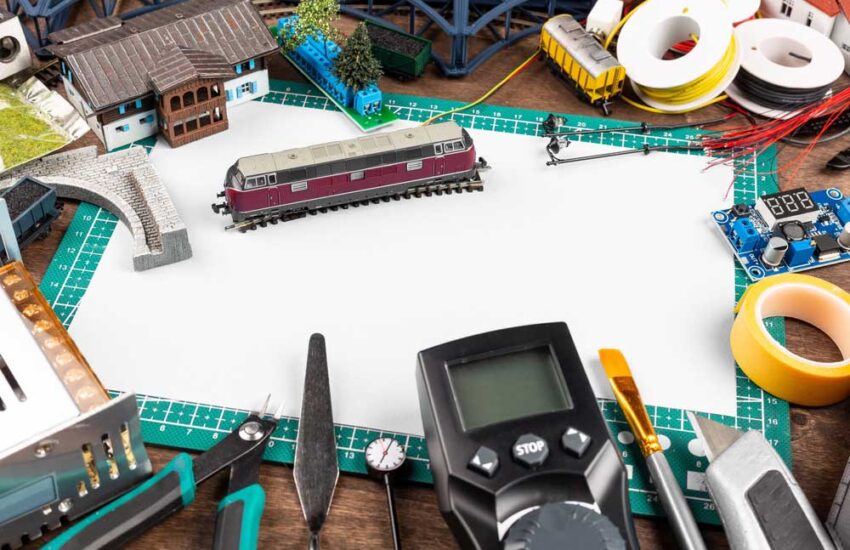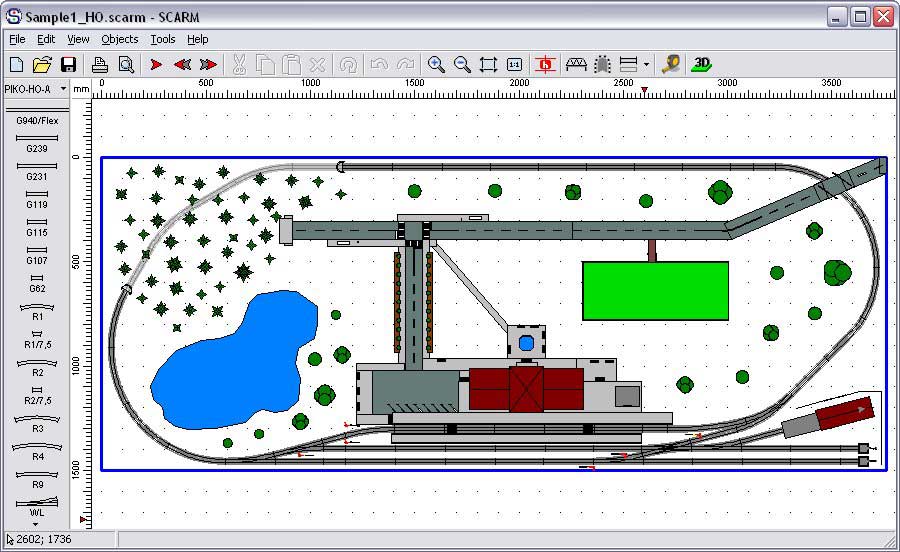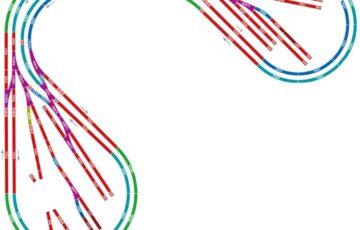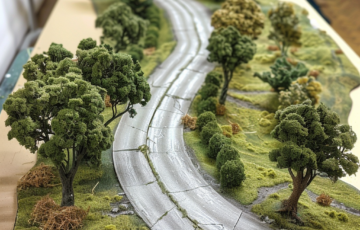How to Plan a Model Railway?
Building model railways can be a fun and rewarding hobby, especially so if you create a model railway that is well designed and effective. We have talked elsewhere on this site, that for beginners the best way to get started is to just get some track down and get a train running. Now you’ve done that and been bitten by the model railway bug, here are some key steps to follow that will help you in planning a model railway layout.
1. Consider the size and location of the space that is available. Keep in mind that you will want easy access for placement of track, scenery and other bits and pieces and also for any repairs or changes you wish to carry out in the future. Determine how large your budget is and how much time you will have to devote to it. Decide upon a suitable scale to fit the area you have available.
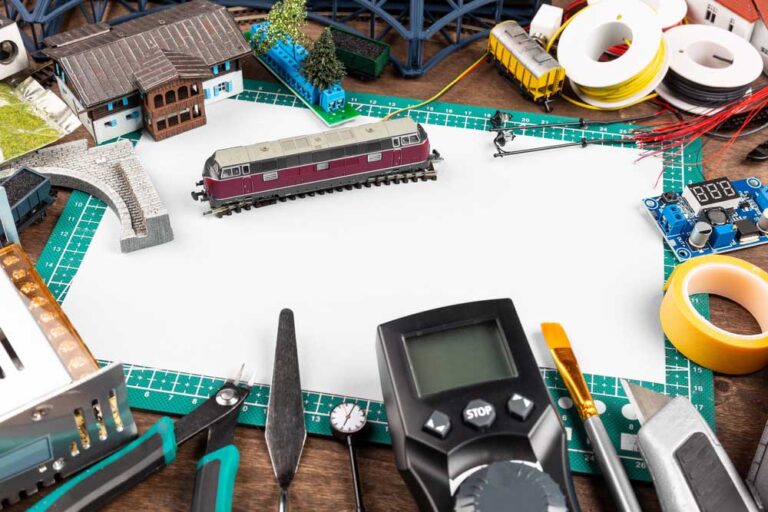
2. Time to get your sketch pad! Draw out a rough layout in your notebook or try using many of layout planning software available. In this first draft draw in the placement of any turnouts, buildings and any other significant landmarks. Ensure you layout will be workable in DC or DCC.
3. Decide whether you are modelling a specific location and railway or something you have planned yourself. If modelling a real location, visit in person or on google maps and get a feel for the location. Make a note or take photos of anything that stands out and would look good on the layout. This can help you to create a more authentic and life like model.
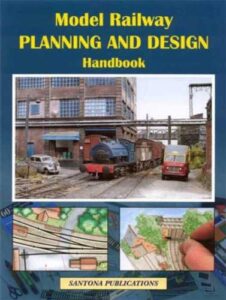
4. Choose the type of track you will use. There will be some factors that will affect your choice, such as cost, ease of use and realism. For example Kato track comes pre manufactured with ballast in place on the road bed and easy connectors for joining the rails whereas Peco track can be fiddlier to work with but can be used to create more realistic running rails.
5. Using your initial sketches, create a detailed plan of the layout. Include all the track you plan on using, points and crossovers. This step can be made much easier by using track planning software such as Scarm. Most track planning software will allow you to size a baseboard to scale and have built in track libraries of all the different manufacturers. This means you can create a 1:1 scale drawing that is very accurate, that can be printed off and placed on your actual baseboard.
6. Order all the parts, await their delivery and get started building a model railway. Ensure you follow your plan carefully and remain patient! Building a model railway can be time consuming hobby but also very rewarding!
7. Finally. Post pictures online at forums or Instagram. We all love to see others railway layouts for inspiration.

